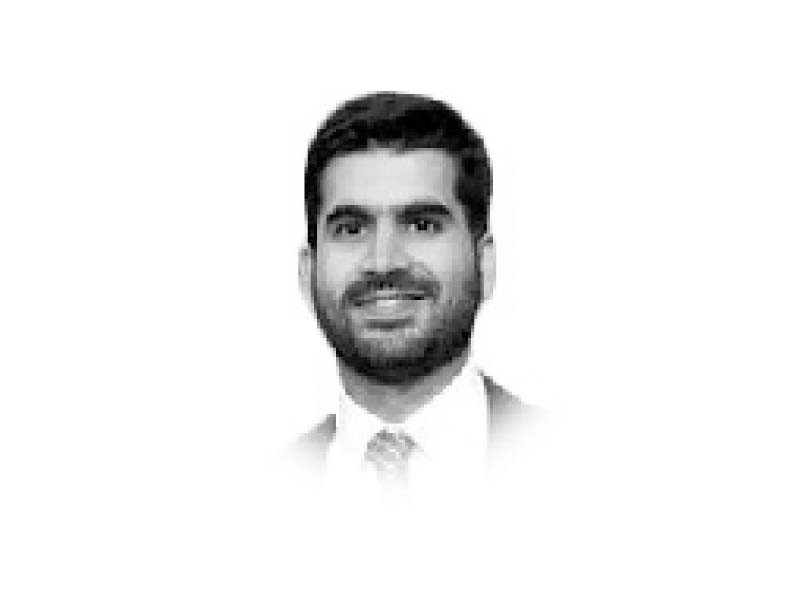
The loss of beauty in the Indian subcontinent is a notion that does not receive much currency in our contemporary discourse. Most conversations fixate on the economy, politics and religion in ways that only touch upon the superficial. In the process, it would seem as if we have forgotten how to appreciate and, more importantly, create beauty. From the design of our gentrified cities to the way our ties of production and consumptions work, we live in conditions that would appear antithetical to the long-term well-being of humans.
Beauty is not simply a visual phenomenon. It is an aesthetic that is imbued within everything that is in harmony with its surroundings in the service of its purpose. It has always been a human instinct to recognise beauty. Roger Scruton, the British philosopher, noted that “beauty can be consoling, disturbing, sacred, profane; it can be exhilarating, appealing, inspiring… beauty demands to be noticed… if there are people who are indifferent to beauty, then it is surely because they do not perceive it.”
The height of cultural excellence during the Mughal reign was arguably the zenith of Islamic civilisation. However, it is not uncommon to hear simplistic argument decrying Mughal opulence and misplaced priorities. The construction of the Taj Mahal is often derided, and it is frequently proclaimed that “when the Europeans were building universities, we were building symbols of love.” The decline and fragmentation of indigenous knowledge production is indeed of serious concern. However, it is somehow assumed that such marvelous creations of culture and civilisation were devoid of “knowledge” in the process of their birth. Therefore, symbols of pre-modern architectural grandeur often get scapegoated for what is a separate issue altogether. As a historian friend recently noted, “such thinking is nothing but the child of a thoroughly colonised mind.”
If these structures were unnecessary, why is it that modern Pakistan purports its pre-modern history and the northern parts of the country as the only facets of its identity worth advertising to foreigners? We claim history and nature without having done much to protect and preserve either.
A lack of beauty ferments in our minds and in our streets. It manifests itself in much more than mere unpleasantness; it makes existing — let alone thriving — a difficult task for many. It manifests in every tract of fertile agriculture land that is forcibly acquired from the farmers through colonial-era laws to build exclusionary enclaves for the rich. It manifests in the unchecked profiteering in our schools, universities and hospitals — institutions that were the envy of the world in the pre-modern era. It is present in the debris of the houses of the poor razed in anti-encroachment drives. It rears its head in the design of public spaces that limit access and mobility for a significant majority of our population. It reveals itself in ways that are perhaps too innumerable to count.
If one ventures out to the various housing societies mushrooming across the country, it is not surprising to see versions of Eiffel Towers and Egyptian sphinxes teleported across time and space as displays of grandeur. Such structures are not merely lazy plagiarisms; rather, they are an insult to the sensibilities of the people who reside therein and to our collective heritage. This is but one blatant example of what we have become accustomed to. We have forgotten ways that once allowed us to imagine the world differently. What has been left in the wake of this loss have been valiant yet insufficient attempts at piecing together an authentic sense of self and identity.
The Quranic term ihsan envelops the notion of goodness, love, beauty and excellence. The Prophetic saying “Verily, God is beautiful, and He loves beauty” is then an invitation for us to internalise that Muslim societies — despite all their shortcomings — have historically aspired to be cultures of beauty, some more successfully than others. The Islamic Gallery at the British Museum, one of the museum’s most visited sections, bears testament to this. Khaled Abu Fadl, an eminent scholar of Islam, has aptly described this “search for beauty” as the “kernel” of Islam. Therefore, it not enough to diagnose our post-colonial situation as simply one of socioeconomic decline, but rather as one also marked by a loss of beauty.
There is no panacea to cure the problems inflicted on us. However, a realisation to do good and engage in the creation of beauty can alleviate some of the apathy that has engulfed our public milieu. This goes beyond a mere call for reform or revival; it is a plea to be human. To rely on the state to institute top-down measures is nothing but a folly. Our redemption is at once a deeply individual exercise and a profoundly collective mission.
Published in The Express Tribune, October 2nd, 2021.
Like Opinion & Editorial on Facebook, follow @ETOpEd on Twitter to receive all updates on all our daily pieces.













COMMENTS
Comments are moderated and generally will be posted if they are on-topic and not abusive.
For more information, please see our Comments FAQ